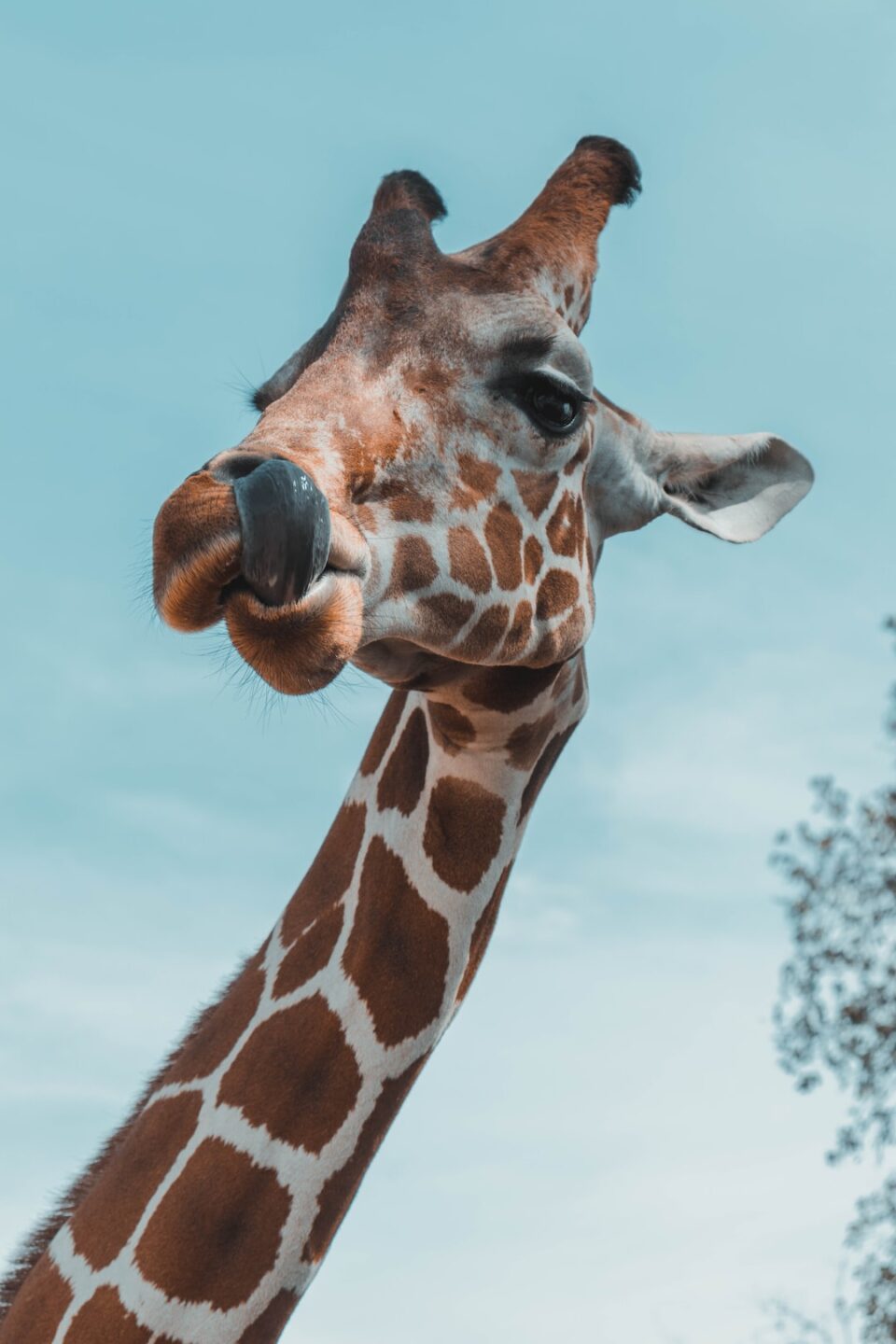Understanding the Social Structures of Ant Colonies
Ants, those tiny yet mighty insects that scuttle around tirelessly, have always fascinated humans. Not only are they incredibly efficient and hardworking, but they also possess remarkable social structures that can rival even our own communities. By studying the intricate organization of ant colonies, we can gain valuable insights into the principles of cooperation, division of labor, and communication that form the foundation of their societies. In this blog post, we will dive deeper into the fascinating world of ant colonies, unraveling their social structures and highlighting the lessons we can learn from them.
Before delving into the complexities of ant social structures, it is important to first understand the basics. Ant colonies are made up of three main castes or classes: the queen, male drones, and female workers. The queen holds the highest position, as she is responsible for reproduction and laying eggs. Male drones, whose sole purpose is to mate with the queen, make up a very small percentage of the population. The majority of the colony consists of female workers, who perform various tasks necessary for the survival and growth of the colony.
One of the most intriguing aspects of ant societies is the division of labor. Different tasks are assigned to different worker ants based on their age and abilities. The youngest workers are responsible for tending to the larvae and maintaining the nest’s cleanliness, while the older workers venture outside to gather food and defend the colony. This division of labor ensures that every function is fulfilled efficiently and collectively contributes to the overall success of the colony.
Communication is another crucial element in ant colonies. Ants have evolved sophisticated chemical communication systems using pheromones. Pheromones are chemical signals that ants release to communicate a variety of messages, including trail marking, colony recognition, and alarm signaling. By following pheromone trails left by other ants, they can efficiently navigate their environments and locate food sources. This ability to communicate effectively allows ants to coordinate their actions and work together harmoniously towards a common goal.
Ant colonies also exhibit an impressive level of self-organization. Unlike centralized decision-making structures, ants collectively make decisions based on simple rules and local interactions. For instance, when a worker ant discovers a food source, it releases pheromones along its path back to the nest. Other ants detecting these pheromones are stimulated to follow the trail, reinforcing it as they find the food. Thus, through this process of positive feedback, ants are able to find and exploit resources efficiently. This bottom-up approach to decision-making ensures adaptability and flexibility in response to changing environmental conditions.
Another fascinating aspect of ant colonies is their ability to form superorganisms. Despite being individual insects, ants function as a coordinated unit, often referred to as a superorganism. Like the cells in our bodies, individual ants work together, sacrificing their own well-being for the benefit of the collective. They exhibit a high degree of cooperation, altruism, and selflessness in their interactions. This mutual reliance and cohesion within the colony are essential for its survival and long-term success.
Studying the social structures of ant colonies not only provides us with a glimpse into the amazing organization of these tiny creatures but also offers valuable lessons for our own society. Cooperation, division of labor, effective communication, and adaptability are key principles that enable ant colonies to thrive. By incorporating these principles into our own communities, we can enhance our productivity, optimize resource utilization, and foster a sense of unity and collective responsibility.
Furthermore, ant colonies remind us of the power of selflessness and teamwork. Just as ants work tirelessly for the greater good of their colonies, we can achieve remarkable feats when we prioritize collaboration over competition and self-interest. In a world where individualism often takes precedence, the social structures of ant colonies serve as a timely reminder of the strength and resilience that can be achieved through collective effort.
In conclusion, the social structures of ant colonies are a testament to the remarkable abilities of these tiny insects. Through their division of labor, communication systems, self-organization, and cooperative behavior, ants have perfected the art of creating a united and successful society. By studying and understanding these structures, we can gain valuable insights into our own social systems and learn from these remarkable insects in building a stronger and more harmonious world.

